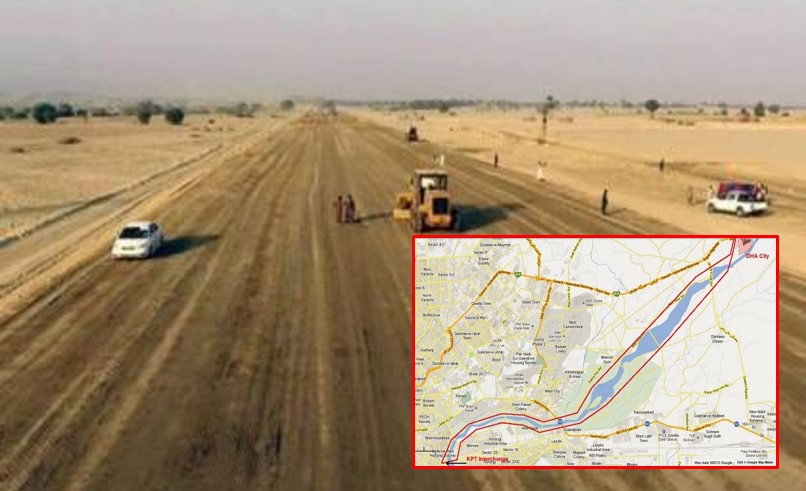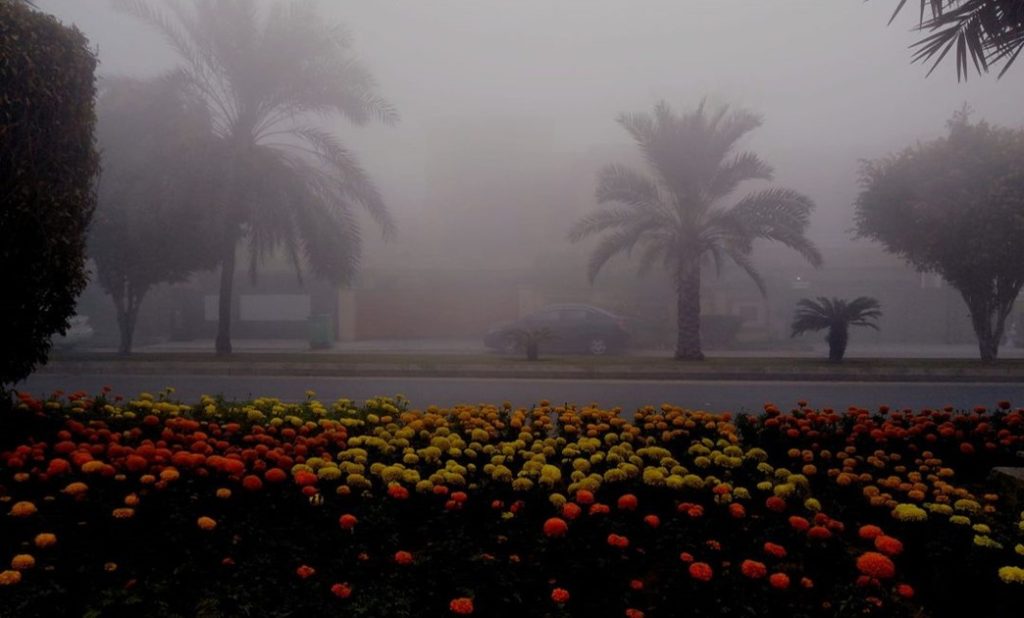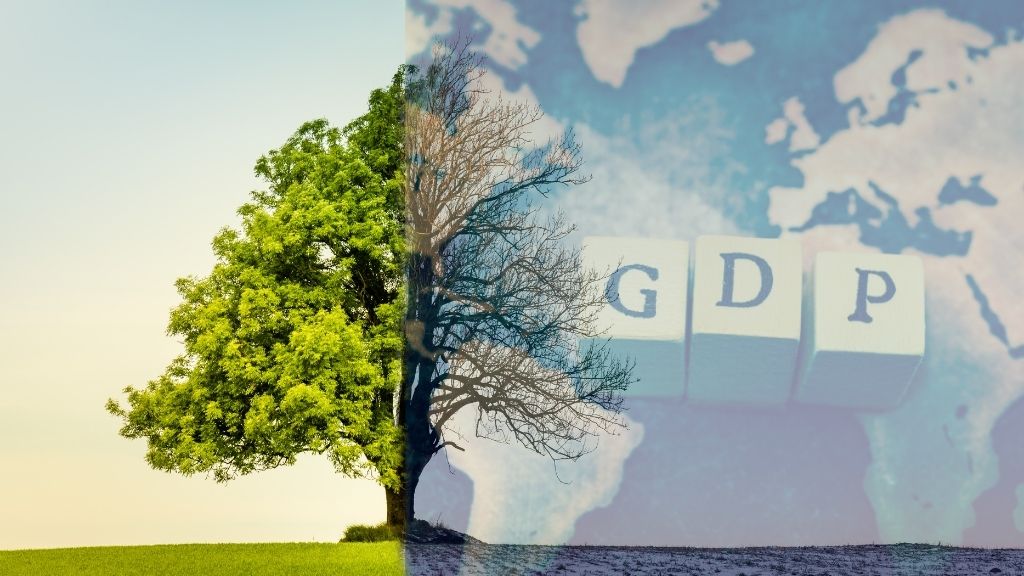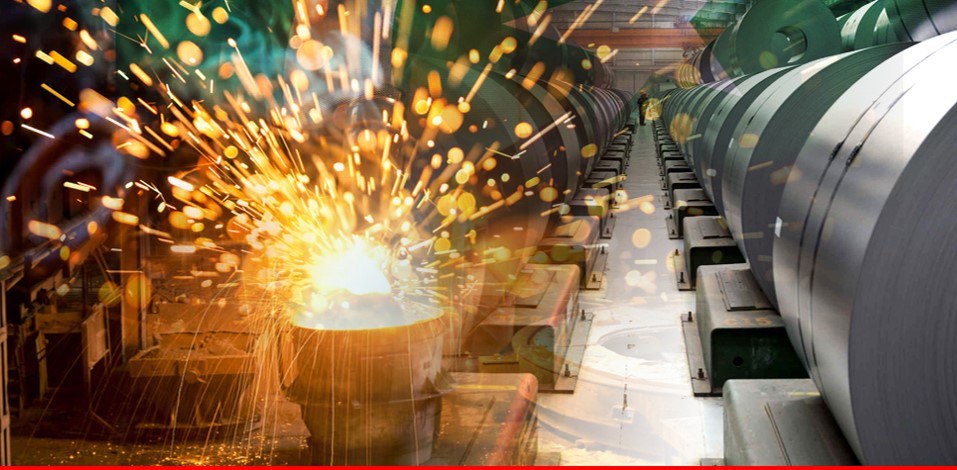
5 November 2023
Construction of Malir Expressway despite Security Objection
The revelation by Interim Sindh Chief Minister retired Justice Maqbool Baqar this week that the Strategic Plans Division (SPD) raised objection over the construction of elevated structure of the Malir Expressway is shocking. The revelation was provided to the CM during his visit to the under-construction project that would connect DH A City and Bahria Town to the main city, especially DHA and Clifton. Serious concerns over the adverse environmental impact of the project have already been raised at various forums including an environmental tribunal and the Sindh High Court. However, it is shocking and even more surprising how the project got approval if the SPD, the administrator of country’ nuclear and missile program, had objection over the construction or design of Malir Expressway.

The SPD administers National Command Authority`s policies over all of Pakistan’s nuclear and missile programs, besides exercising significant administrative authority over the research, development, production, and manufacturing of Pakistan’s ballistic and cruise missile arsenal. The CM was briefed that the SPD was not allowing construction work despite the fact that the defence ministry had already issued a no-objection certificate (NOC). Although, the SPD authorities are opposing the project the CM said that he would personally talk to them as well the defence ministry to remove all the bottlenecks to speed up work on “this project of national importance”.
Smog marks Lahore as the World Most Polluted City
Even before the start of winter, smog has engulfed Lahore as it became the most polluted city in the world with the most hazardous levels of air quality this week. The city continued to remain the second most polluted city of the world with a very unhealthy air quality with maximum 442 Air Quality Index (AQI). The city hasn’t witnessed any improvement in overall AQI after the Punjab government declared smog as a calamity and vowed to implement measures to curb pollution levels like shutting down brick kilns and taking action against vehicles emitting pollution but the situation did not improve. That has even led the Lahore High Court recently to order sealing of smoke-emitting factories and demolishing such units if they repeat the offence, besides impounding of vehicles causing pollution, in order to combat smog in Punjab.

It is important to note that on Nov 1 this year, the LHC had ordered enforcement of a “smog emergency” in Lahore due to the constantly hazardous air quality index of the city. Some areas of Pakistan face much worse than average conditions, with air pollution shortening lives by almost seven years in the country`s most polluted regions. According to a recent Air Quality Life Index report, if Pakistan were to reduce particulate pollution to meet WHO guidelines, residents would gain a life expectancy of 2.7 years in Karachi, 7.5 years in Lahore, and 4.5 years in Islamabad. The report also states that Pakistan is the world`s fourth most polluted country, with PM2.5 pollution shortening the average Pakistani resident`s life expectancy by 3.9 years, relative to what it would be if WHO guidelines were met.
Meeting the Climate & Development Challenges
According to caretaker Finance Minister Dr Shamshad Akhtar Pakistan needs an estimated investment of $340 billion to address climate and development challenges between 2023 and 2030. The amount is equivalent to 10% of the cumulative GDP during the same period, even though the country is responsible for less than 1% of the world`s planet warming gases. Speaking at the second Pakistan Climate Conference organised by the Overseas Investors Chamber of Commerce and Industry, Dr Akhtar said Pakistan is facing a trade off between raising climate finance and development finance, so we need to be conscious that getting money is a big issue that we face in addressing the climate agenda.

Dr Akhtar specially noted in the conference that climate vulnerability and sovereign debt constitute “a very important element” in the dialogue taking place within the international financial architecture. Pakistan has been classified as one of the countries vulnerable to climate change. At the same time, it is classified as a debt-distressed country because its marginal cost of borrowing is at a “very high rate” with almost 75% of revenues being used for paying for loans and interest. She further told the total cost of implementing Pakistan`s nationally determined contribution (NDC) which is a self-defined national climate pledge under the Paris Agreement reflecting what Islamabad will do to help meet the global climate goals is projected to be nearly $200bn by 2030. Currently, only $39bn in public finance and $9bn through public-private partnerships is expected for both climate mitigation and adaptation efforts over the coming decade.
Jump in Steel Prices
The reduction in steel prices last month proved temporary as the domestic steel prices have undergone an upward revision with the start of new month. Steel manufacturers reduced the prices of rebar by Rs.10, 000 owing to the decline in dollar rate marking a notable selling price range of PKR 250,000 to PKR 258,000 per ton. But in a significant development this week, domestic steel prices have undergone an upward revision, rising by PKR 4,000 per ton, leaving the prices are ranging between Rs 259,000 and Rs. 264,000 per ton.

The sudden hike in steel prices raises concerns about potential shortages in the coming weeks. Currently, the steel supply situation remains uncertain, with fluctuating trends. The escalation in prices is attributed to various factors, including the possibility of unforeseen disruptions in the procurement of raw materials and short-term fluctuations in the rupee vs. dollar exchange rate.

